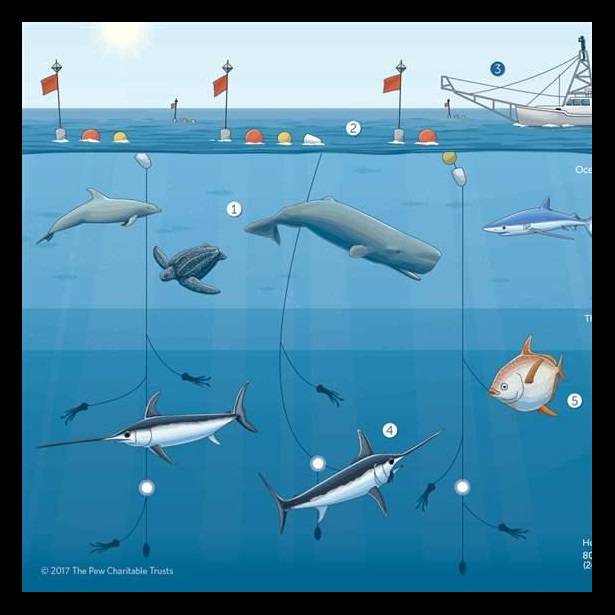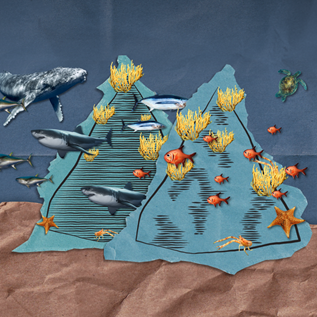New Fishing Gear Spares Whales, Sea Turtles, and Dolphins
Off California coast, innovative technique hooks swordfish, and fishermen profit
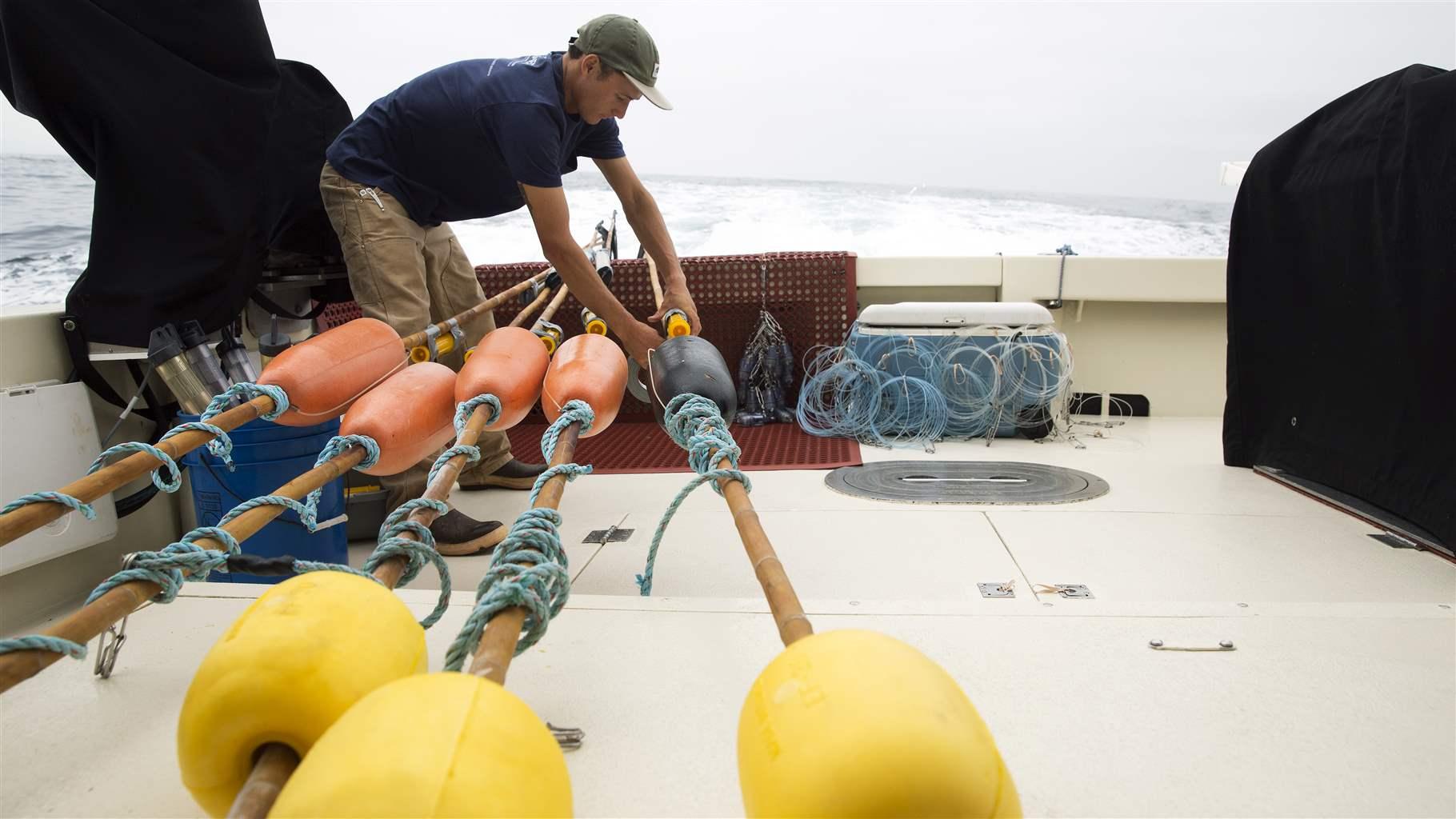
Using a new type of fishing gear for swordfish in California can help protect nontargeted species—including whales, dolphins, sea lions, sharks, and sea turtles—while keeping the commercial fishery economically sustainable.
According to a new study published in the journal Marine Fisheries Review, commercial fishermen using deep-set buoy gear (DSBG) for harvesting swordfish (Xiphias gladius) in the Southern California Bight report net income of about $1,100 per fishing day, with high catch rates of swordfish and a low catch of nontarget species, also known as bycatch.
Assessing an alternative fishing gear
Unlike most species in the Southern California Bight, swordfish migrate from deep, cold waters during the day to shallow, warmer waters overnight. DSBG selectively targets swordfish during the day while they are in deeper water.
Although previous research trials identified DSBG as an effective technique to catch swordfish off the West Coast, its economic viability in the commercial fishery was unknown. Researchers Chugey A. Sepulveda and Scott A. Aalbers, both with the Pfleger Institute of Environmental Research, a sustainable fisheries research and advocacy organization in Oceanside, California, sought to assess the gear’s viability using catch data from six commercial fishermen who deployed DSBG between 2015 and 2017. After each fishing season, the researchers surveyed the fishermen to estimate the costs associated with a DSBG fishing day, and factored in the average catch and bycatch rates, and the market prices of swordfish caught using the gear.
To compare deep daytime fishing with shallow nighttime fishing, the researchers also assessed the shallow-water counterpart to DSBG, shallow-set buoy gear (SSBG).
The future of swordfish fishing?
The study found that more than 80 percent of the total DSBG catch was swordfish. Of the remainder, 19 percent was made up of marketable species, including bigeye thresher shark, which accounted for 16 percent of the total catch. Other marketable species included opah, mako shark, and escolar.
The team compared those numbers with data from the use of drift gillnets, the dominant gear in the region. Swordfish fishermen who use the nets regularly discard more than half of what they catch and are more likely to catch nontargeted species than those using DSBG.
In total, roughly 99 percent of the DSBG catch was marketable, compared to less than 50 percent of the gillnet catch on average. The nonmarketable catch consisted mainly of blue sharks. The only protected species caught during the trials was a single elephant seal, which was released in apparently good health.
Like drift gillnets, nighttime SSBG produced a high level of bycatch in the research trials. Swordfish constituted less than 10 percent of the SSBG catch, while blue sharks accounted for approximately 80 percent. This finding further confirms that DSBG is highly selective compared to shallow-set night fishing.
The study indicates that the new gear might help fishermen turn a profit. The average price per pound for DSBG-caught swordfish was nearly twice that of swordfish caught using drift gillnets because of the higher quality of the fish caught with buoy gear. Based on the average daily cost of fishing and prices for swordfish, the researchers estimated that DSBG fishermen must land at least one swordfish per day to cover operating costs. In fact, those fishermen landed an average of nearly two swordfish per day and averaged approximately $1,100 in net income for each fishing day. These calculations are preliminary, however, and do not include several factors that also affect profit, such as gear purchases and vessel financing.
Nevertheless, the results suggest that DSBG might be an effective and profitable alternative type of gear for the swordfish fishery in the Southern California Bight.
The Pew Charitable Trusts provided funding to support this project.
Jim Palardy is a project director with The Pew Charitable Trusts’ environmental science division.

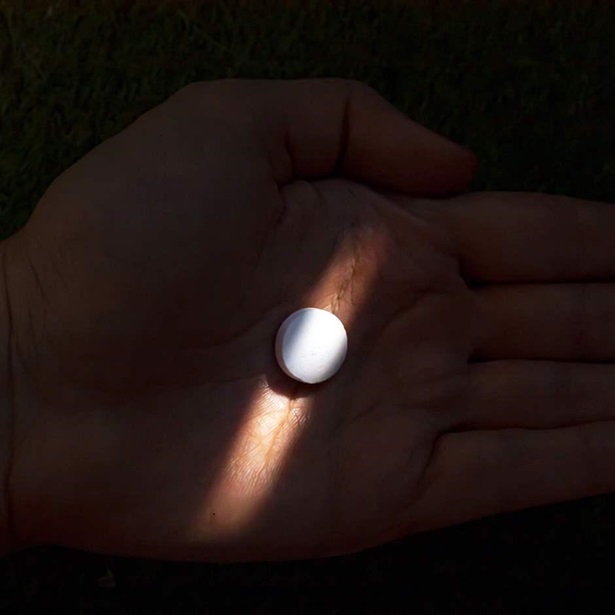
America’s Overdose Crisis
Sign up for our five-email course explaining the overdose crisis in America, the state of treatment access, and ways to improve care
Sign upThis video is hosted by YouTube. In order to view it, you must consent to the use of “Marketing Cookies” by updating your preferences in the Cookie Settings link below. View on YouTube
This video is hosted by YouTube. In order to view it, you must consent to the use of “Marketing Cookies” by updating your preferences in the Cookie Settings link below. View on YouTube

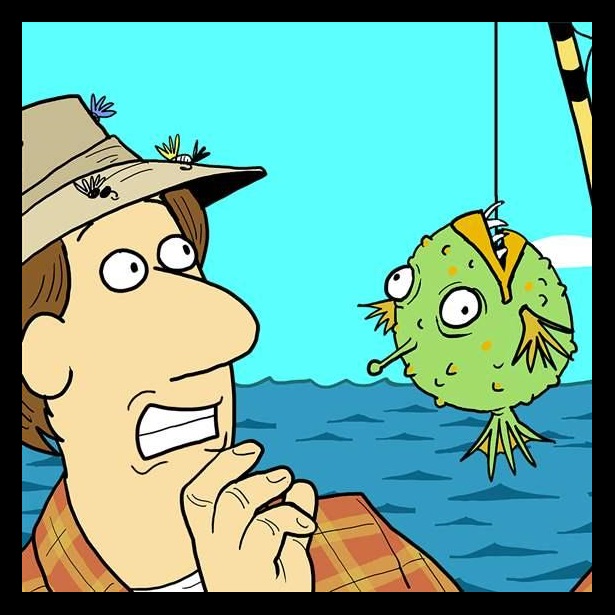
What Is Bycatch?

